Summary: Respondents reported utilizing a wide variety of sources to learn about the past, but those sources were consulted to widely varying degrees. Forms of history that could be consumed more passively were preferred, while more traditional sources of the past tended to be consulted less often. Nevertheless, there were notable differences in utilization of sources among demographic subgroups.
Whatever their motives for learning history, as seen in the previous section, survey respondents indicated clear preferences for how they acquire knowledge of the past. Given a range of 19 sources of history (Figure 14), the top three choices were all video format: documentary film/TV, fictional film/TV, and TV news. Of note is that such sources are readily available, usually take minimal effort to engage, and may ask for little imagination on the part of the viewer. Meanwhile, more traditional forms of history fared considerably worse: historic site visits (8th place), museum visits (10th), nonfiction history books (12th), and college history courses (last place). As opposed to video, these latter forms of history usually take greater intentionality or effort to interact with or utilize. A variety of other sources, some of which have been linked with disinformation writ large, received varying degrees of attention as sources of the past. These include Wikipedia (6th place), social media (14th), and history-themed video games (17th). A later section of this report indicates that these preferences for sources do not necessarily correlate with trustworthiness in the minds of respondents.
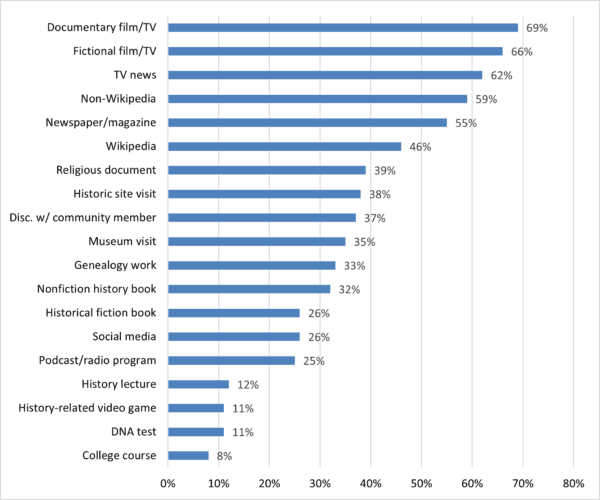 Figure 14: Share of respondents who utilized various sources since January 2019 to learn about the past. (S1)
Figure 14: Share of respondents who utilized various sources since January 2019 to learn about the past. (S1)
The preferences for the most popular sources described above were mostly consistent as a function of age groups. There was little difference, for example, between older and younger respondents when it came to watching either a documentary (66–72 percent watched documentaries) or fictionalized history film, TV program, or video (65–67 percent utilized this form). Even utilization of religious documents to learn about the past did not vary much as a function of age cohort, though use increased incrementally as respondents got older (35–41 percent consulted religious documents).
More pronounced differences by age group did emerge elsewhere. Respondents were progressively more likely by age to consult TV news (Figure 15), though a clear majority of all age cohorts over 30 reported utilization. Newspapers or newsmagazines saw a similar tendency as a function of age, but in this case, only a minority of the 18–29 age bracket reported use (Figure 16). Those broader trends reversed when it came to such sources as social media (Figure 17) and history-themed video games (Figure 18), with the likelihood of utilization decreasing with older people. Yet even in these latter two cases, it was only a minority of respondents in all age bands who indicated any use.
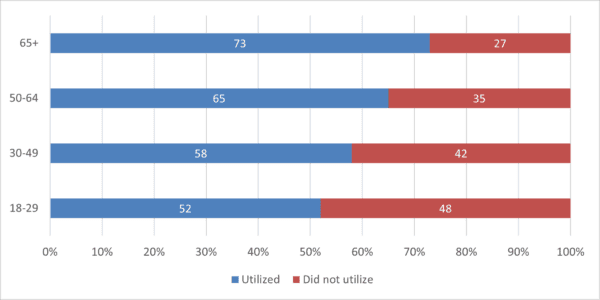 Figure 15: By age group: Respondents’ utilization of cable or network TV news to learn about the past. (S1)
Figure 15: By age group: Respondents’ utilization of cable or network TV news to learn about the past. (S1)
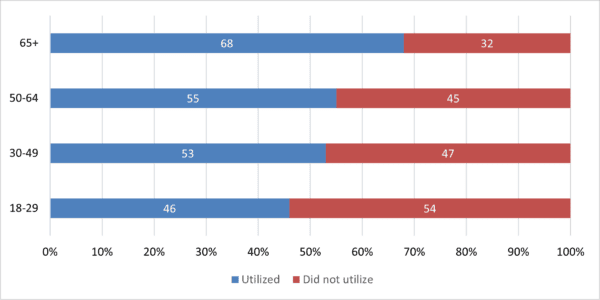 Figure 16: By age group: Respondents’ utilization of newspapers or magazine articles to learn about the past. (S1)
Figure 16: By age group: Respondents’ utilization of newspapers or magazine articles to learn about the past. (S1)
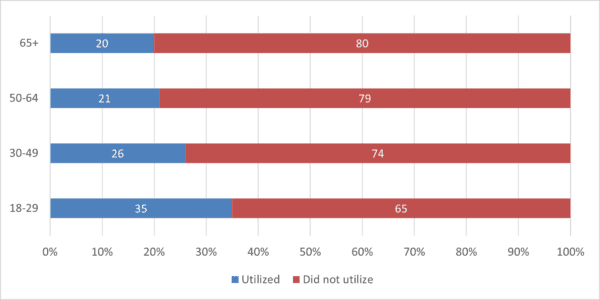 Figure 17: By age group: Respondents’ utilization of social media to learn about the past. (S1)
Figure 17: By age group: Respondents’ utilization of social media to learn about the past. (S1)
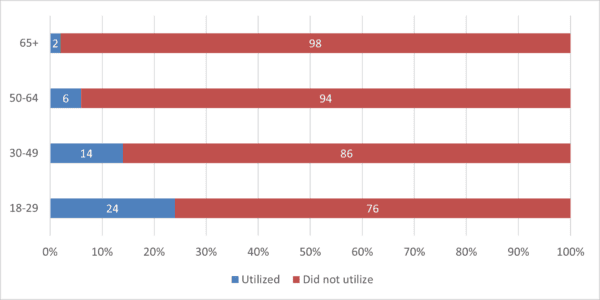 Figure 18: By age group: Respondents’ utilization of history-related video games to learn about the past. (S1)
Figure 18: By age group: Respondents’ utilization of history-related video games to learn about the past. (S1)
Similarities and differences by political party identification largely mirrored those for age groups. Whether Democrat, Republican, or independent (those without party preference consistently skewed a bit lower), respondents nearly equally reported turning to documentary (62–70 percent) or fictionalized film and TV (61–70 percent), TV news (56–65 percent), newspapers and magazines (45–60 percent), and historic sites (31–41 percent) for information about the past.
Notable divides for preferred sources of the past nevertheless did occur as a function of political affiliation. Such sources included religious documents (Figure 19), which were consulted by a majority of Republican respondents but by only a minority of other parties; Wikipedia (Figure 20), which Democrats and independents preferred by double digits compared with Republicans and those with no party preference; and podcasts and radio programs (Figure 21), which Republicans were less likely to utilize, relative to other political party cohorts.
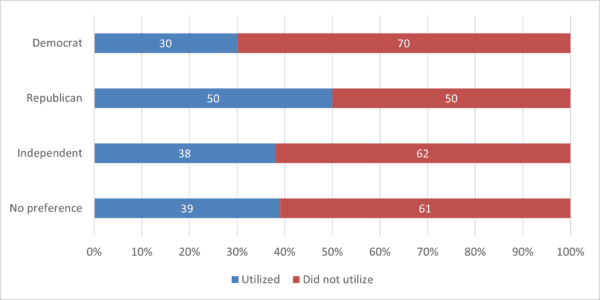 Figure 19: By political party: Respondents’ utilization of religious documents to learn about the past. (S1)
Figure 19: By political party: Respondents’ utilization of religious documents to learn about the past. (S1)
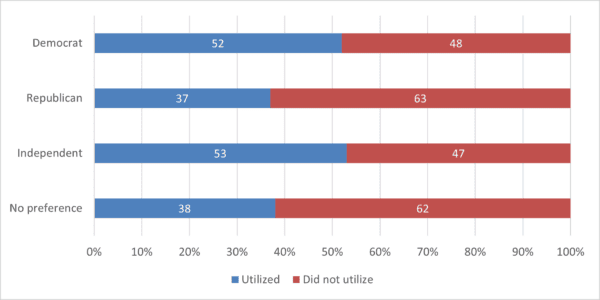 Figure 20: By political party: Respondents’ utilization of Wikipedia to learn about the past. (S1)
Figure 20: By political party: Respondents’ utilization of Wikipedia to learn about the past. (S1)
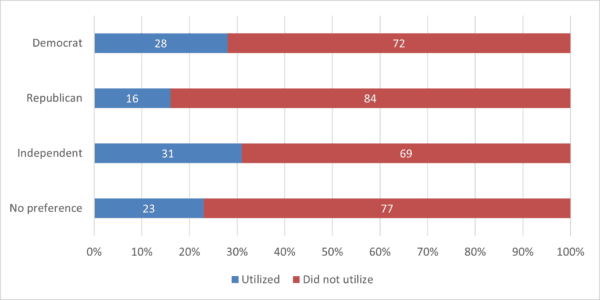 Figure 21: By political party: Respondents’ utilization of podcasts or radio programs to learn about the past. (S1)
Figure 21: By political party: Respondents’ utilization of podcasts or radio programs to learn about the past. (S1)
Differences in preferences for historical sources went beyond age and political affiliation subgroups. This is illustrated by focusing on documentary video forms of history, the most preferred source for learning about the past (Figure 14). For instance, those with and without a college degree were inclined to turn to documentaries to learn history, but college graduates outpaced non–college grads by 13 points (Figure 22). A majority of men and women likewise reported watching documentaries for history learning purposes, but men were 10 points higher than women (Figure 23). Men’s relative preference for this form of history held, even when broken down further by race: white and men of color were considerably more prone to watch history documentaries than corresponding female groups (Figure 24). Finally, while a majority of Black respondents preferred history documentaries as learning vehicles, that group trailed whites, Hispanics, and other races/ethnicities by double-digit margins (Figure 25).
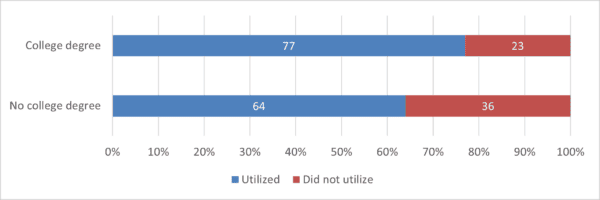 Figure 22: By education level: Respondents’ utilization of documentary film, TV, and video to learn about the past. (S1)
Figure 22: By education level: Respondents’ utilization of documentary film, TV, and video to learn about the past. (S1)
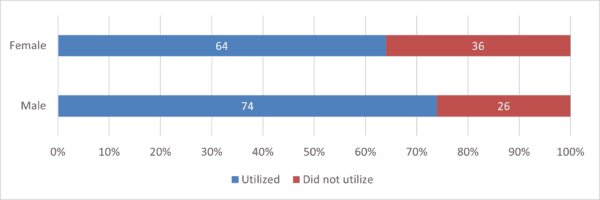 Figure 23: By gender: Respondents’ utilization of documentary film, TV, and video to learn about the past. (S1)
Figure 23: By gender: Respondents’ utilization of documentary film, TV, and video to learn about the past. (S1)
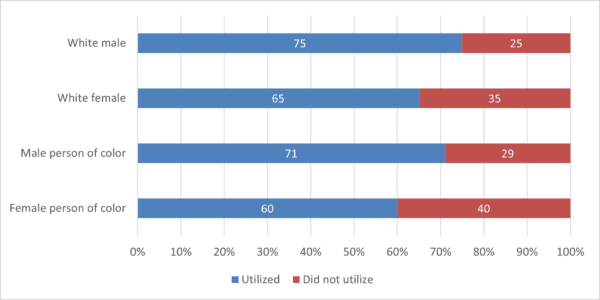 Figure 24: By race/ethnicity/gender: Respondents’ utilization of documentary film, TV, and video to learn about the past. (S1)
Figure 24: By race/ethnicity/gender: Respondents’ utilization of documentary film, TV, and video to learn about the past. (S1)
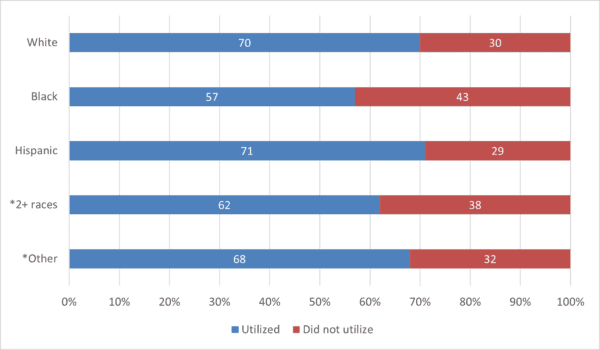 Figure 25: By race/ethnicity: Respondents’ utilization of documentary film, TV, and video to learn about the past. *Fewer than 100 responses. (S1)
Figure 25: By race/ethnicity: Respondents’ utilization of documentary film, TV, and video to learn about the past. *Fewer than 100 responses. (S1)
Challenges and opportunities: While there is no strict hierarchy of authoritative sources of the past, some sources are more difficult to consult, understand, and engage with than others. Respondents’ preferences for easily accessible sources requiring little in the way of effort, analysis, and interpretation while sidestepping more challenging sources are thus understandable but limiting. Using preferred formats such as documentary and fictional film as a gateway to other types of sources is one possible approach to expanding the public’s repertoire of historical information.